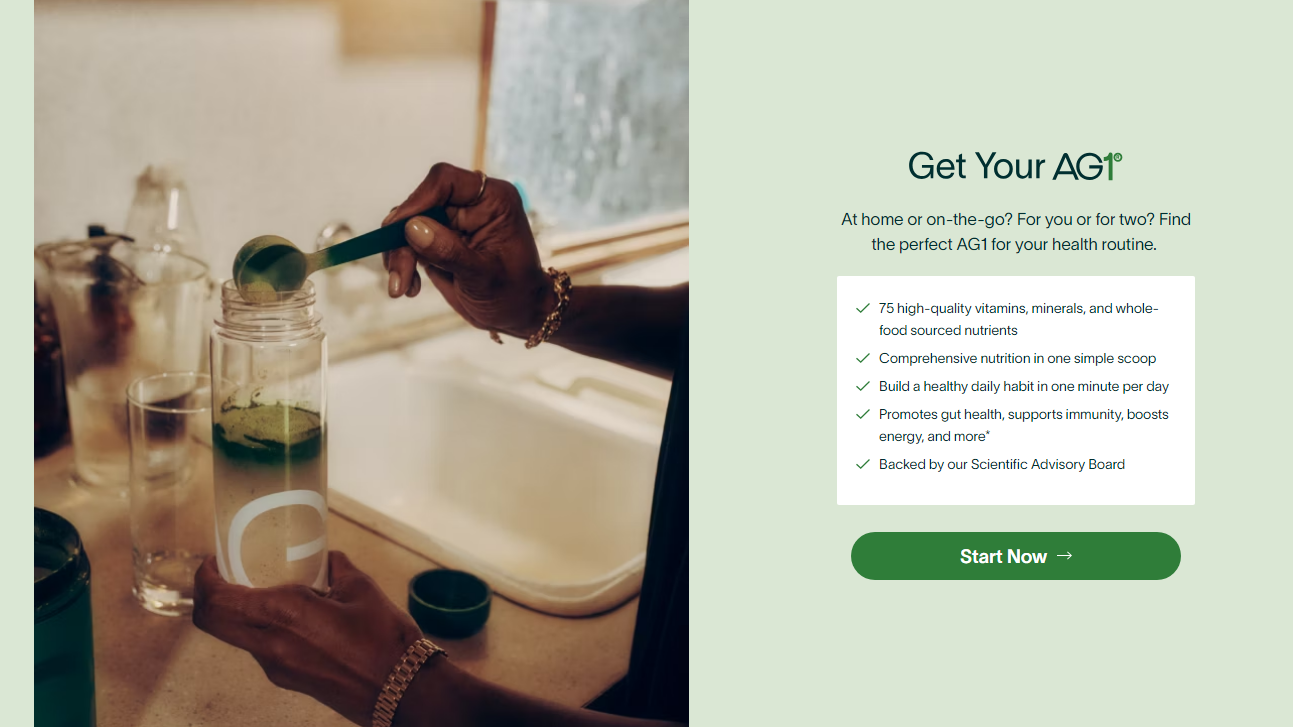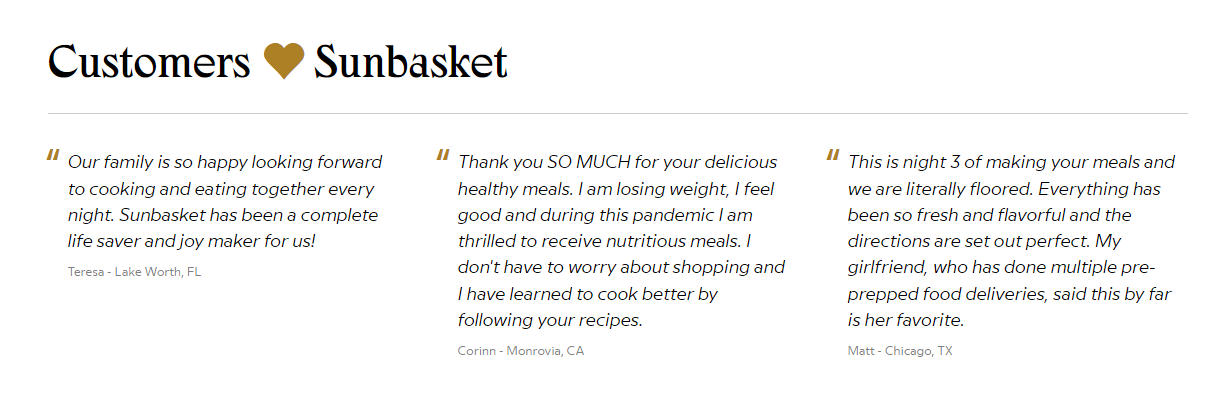Include these essentials to build landing pages that lead to more conversions.
Visiting a brand’s site to take part in a promotion only to find a broken landing page is never a good experience. Whether there’s incorrect info, poor design, or you just can’t find what you need, it can lead to a lost opportunity for both you and the brand.
Including the key components of a successful landing page in the ones you build will lead to a better customer experience and, ultimately, more conversions.
Below we’ll briefly discuss why landing pages should be created in the first place then share the crucial ingredients that will make them as effective as possible.
What is a landing page?
A landing page is a standalone web page designed specifically for a marketing or advertising campaign. These pages are typically nested within a brand’s main website and function as an information hub for the campaign or promotion. They have their own unique links so they can be shared on marketing channels in an effort to drive traffic to the page, typically with the goal of getting visitors to complete a predetermined call to action (CTA).
Why create landing pages?
First of all, websites are and will continue to be a main driver of online traffic for businesses. They remained the fourth largest digital channel in 2021[1] with with 37% of marketing leaders continuing to increase their website investments through 2022 and beyond.[2]
Landing pages are specifically designed to garner conversions. They eliminate distractions to your CTA by displaying only information relevant to the task at hand. Whether that’s form fills, sign ups for a new service, or purchases of a new product, what you present on a landing page will all be geared towards that goal.
As part of a main website experience, initiative details can get lost in a host of navigation options, obscured by content unrelated to what it is you’re promoting, or relegated to far-flung corners of the website that aren’t easy to find.
A landing page dispels all these issues by providing a centralized location with a unique link that can be accessed with one click no matter what marketing channel a customer finds it on. A powerful thing, indeed.
If you need help finding the right company, check out our hiring guide for web design services. The guide contains useful information about web design companies, their services, and differences between developers and designers.
Searching for a website design company to hire for your business? We’ve got you covered. Check out our list of companies in the following areas:
The key elements of an effective landing page
Writing an effective landing page may seem simple. All you do is create a link, post the info, and you’re off the races, right? Not exactly. There are many components and best practices that go into creating a great landing page, all of which promote the action you hope users will take. Below is a list of those components and how you can nail them from the get go.
Attention-grabbing headline
The title and headline are the very first things a person sees when they visit a landing page. The headline should grab the reader’s attention and assure them that they are in the right place. It should also clearly communicate what the page is offering, focusing on the benefit a reader will get if they keep scrolling.
/ Writing a killer headline
Focus on word economy i.e., conveying the info as succinctly as possible. If successful, you’ll then have a subheadline and any accompanying copy to keep them interested. The trick is to convince them not to bounce from the page immediately.
High-quality hero image
Every landing page needs an image. It sets the tone and ideally conveys the feeling a reader will get if they complete the action a business is asking of them. Resist the temptation to fit more information onto the image unless it makes real sense to do so. If you’re hosting an event, for instance, it could be good to have the date and time of the event on the hero image.
/ Sourcing an eye-popping image
Choose high resolution images that fit the tone of the page. A poor quality image or one that doesn’t convey the same feeling as the copy sends a disjointed message. Graphic design software or digital asset management tools can help you create your own custom images for this purpose.

An example of a promotional image being created in a digital asset management tool (Source)
Unique selling proposition (USP)
A unique selling proposition represents the differentiation between a business and its competitors. This is the chance for businesses to set themselves apart from the competition and let readers know what it is they get from dealing specifically with them. The best way to do this is to break down your offerings to their most basic level while appealing to your target audience.

An example of a unique selling proposition from Airbnb[3]
In this example, Airbnb explains three unique benefits to their new-host program. In a few short words, readers understand that they’ll receive expert guidance from experienced hosts, an easy first guest, and help from Airbnb itself whenever they need it.
/ Crafting a one-of-a-kind proposition
Hone in on what makes the offering special to your audience in a succinct way. Lean on your brand story for inspiration by contextualizing what you’re promoting within the customer journey. In Airbnb’s case, they empathetically address the concerns of a first-time host.
Compelling copy and a call to action (CTA)
To follow up on an amazing headline and eye-popping image, you need to write compelling copy that will not only keep people reading but also urge them to complete your CTA. This is accomplished by speaking in your audience's terms: using their language, addressing their problem directly, and appealing to their feelings and emotions.
/ Encouraging the audience to act
Use direct, action-oriented verbiage and words like “you” and “your” to connect your CTA to the specific individuals in your target audience. Speak directly to your ideal customers, leaning on the alignment of your values with theirs to make them feel seen.
If you’re not sure where to start with writing, generative AI platforms offer tools that help you create first drafts using machine learning capabilities. Some CRM platforms are also experimenting with this feature, and we expect it to become more and more prevalent as time goes on.
Intuitive lead capture form
Whether you’re getting someone to buy a new product, sign up for a new service, or offer their information for a newsletter, there will likely be a lead capture form (or other action) that must be completed. It’s crucial to have this element of your landing page be front and center as it is the actual conversion component.

An example of a lead capture button being prominently presented by Athletic Greens[4]
In this example from Athletic Greens, they feature their Unlock Offer button at the very top of the page. It follows the user as they scroll down the page, and—when clicked—anchors to the very first section of the page (see below).

Another example of effective lead capture form placement[4]
This presentation means the offer info and CTA are visible without having to scroll. If the reader does move down the page, they’ll find the same offer with more detail in less than a single scroll. Or, if they click on the first button, they are seamlessly taken to that same part of the page. In this case, all roads lead to conversion!
/ Inspiring people to connect with the business
Ensure that your lead capture form is “above the fold” by putting it within one scroll of the top of the page. After attracting people to click, you don’t want them to have to search for the CTA you’re hoping they complete!
Social proof, testimonials, or partnerships
The final component to a successful landing page conveys the benefits of your brand through the eyes of other consumers or the industry at large. This can be done with testimonials, displaying partnerships, promoting awards, etc. The most common way (and the easiest) is to share customer testimonials.

An example of a customer testimonial section on a landing page from Sunbasket[5]
In the above example, the business calls out the quality and number of reviews, shares countless examples to click through, and continues to prominently display the CTA even at the bottom of the page.
/ Sharing success from others
Collect and share customer reviews! Your customers are your strongest source of first party data, and it’s essential to put that data to good use. Aside from promotion, you can also use customer data for audience segmentation and further developing your products and services.
Putting it all together for a page that converts
Once you have a winning product or service to promote, a landing page mindfully designed to convert will increase your return on investment substantially. Having every element from the headline and hero image to the CTA and lead capture form centered on one goal is a powerful tool for any business.
If you know what to do and still need a little support, a web design service can put you on the right track. Even if it’s just to nail down the basics before you strike out on your own, having some expertise on your side will help you get off the ground faster.
Visit the Capterra Web Design Company Hiring Guide to learn more about the different types of web design services, average cost, and how to choose the one that’s right for you.
And if you’re not quite ready to make that type of investment or you want to go it alone, there’s also website builder and website optimization software to explore. These can help you build and customize landing pages using the tips above, and they can be an excellent way to get your feet wet with more advanced landing pages.
So, what are you waiting for? Go forth and create a stellar landing page! If you’re ready to keep learning more about marketing in general, visit the Capterra blog and start with these resources:
